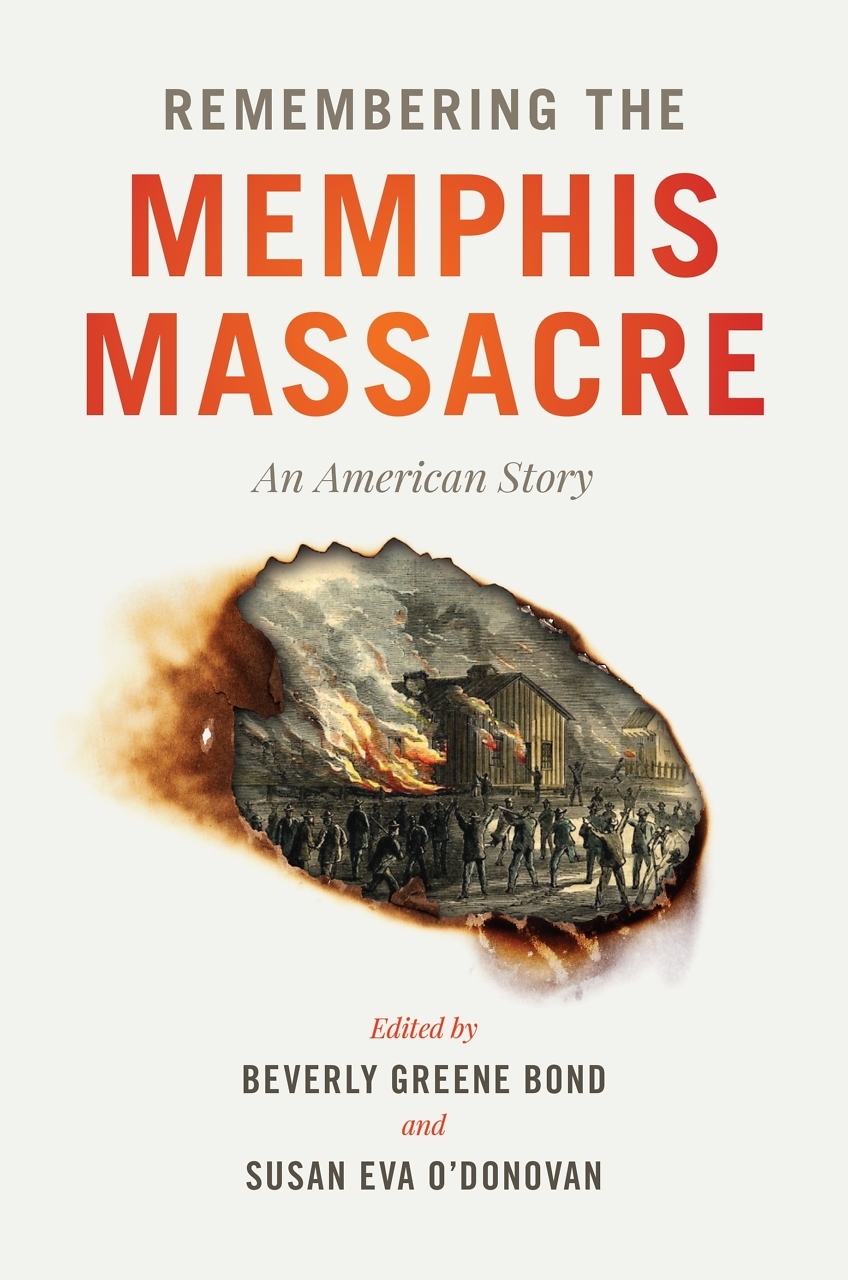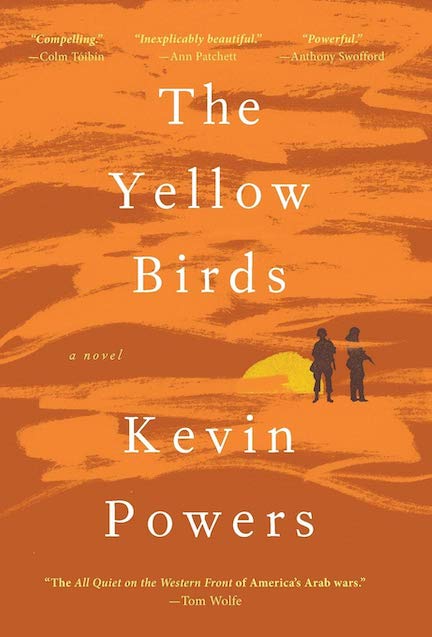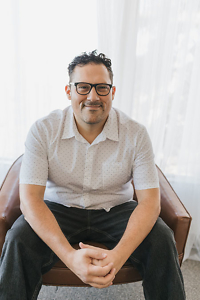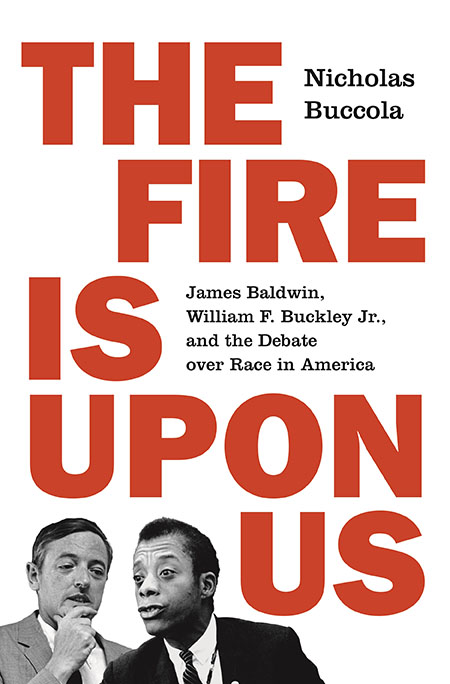The Art of Censorship
Author Steven J. Tepper links controversy about art to social uncertainty
“Artists must continue the conquest of new territory and new taboos,” said Norman Rosenthal, former exhibitions secretary of the Royal Academy of Arts in London. “Sick stuff,” responded New York City mayor Rudolf Giuliani.
These comments represent the range of opinions that greeted Sensation, a late-1990s exhibition of contemporary art that featured works by “Young British Artists” such as Damien Hirst, Sarah Lucas, and Marcus Harvey. The exhibit, which contained controversial images (including Chris Ofili’s “The Holy Virgin Mary,” a portrait of the black Madonna decorated with elephant dung), created a firestorm––first in London, where the exhibit debuted, and then in New York. In response, New York City temporarily stopped funding the Brooklyn Museum, which housed the exhibit. For many observers, especially those in the media, these events were the peak of the so-called “culture war” that threatened to divide America into either traditional or progressive camps.
In Not Here, Not Now, Not That!, Vanderbilt sociology professor Steven J. Tepper challenges this bird’s-eye-view analysis, maintaining that such disputes over art are best seen as local concerns rather than broad political narratives. For Tepper, the discomfort created by new and challenging works of art is less about the art itself than about deeper community struggles born of the uncertainty caused by social change, which is experienced most acutely at the local level. Change––in economic conditions, gender roles, sexuality, urbanization, and immigration––results in a panicked competition for cultural symbols like Madonnas, museums, libraries, schools, flags, books, and works of art. What’s at stake, Tepper argues, is social prestige (My flag is flying in front of the courthouse!), economic advantage (Those people are taking our jobs!) and other perceived threats to lifestyle and values.
For Tepper, these micro concerns best characterize debates over art. Once such disputes get carried into the larger, national arena, they lose their local nuance and become cudgels for politically savvy operants. By focusing on the data collected from hundreds of local skirmishes over art and cultural symbols, says Tepper, we can better understand––and debate––the issues that really matter to a community. Rather than being divisive, he says, these “rituals of protest” can serve to affirm the social bond and maintain a sense of community.
Chapter 16: The 1990s, as you point out, represented the peak of what has come to be called the “culture wars.” But with the rapid change in all forms of media––combined with the financial crisis and wars in the Middle East––is it possible that the large-scale conflict that the culture wars represent is merely lying dormant? Could it be that people currently have more to worry about than what’s going on at the local museum or library, and that someday the culture wars will return with a vengeance?
 Tepper: This is an interesting point. But I think cultural conflict has been bubbling up at a pretty steady rate over the last thirty years. The culture wars come and go with political winds. This is because, in my opinion and the opinion of many scholars, there is no deep-rooted culture war dividing Americans into two opposing camps. Instead, the culture wars represent the efforts of elite actors––politicians and religious leaders––to mobilize their constituents and raise money.
Tepper: This is an interesting point. But I think cultural conflict has been bubbling up at a pretty steady rate over the last thirty years. The culture wars come and go with political winds. This is because, in my opinion and the opinion of many scholars, there is no deep-rooted culture war dividing Americans into two opposing camps. Instead, the culture wars represent the efforts of elite actors––politicians and religious leaders––to mobilize their constituents and raise money.
I agree that with today’s epic crises these elites are busy with more pressing issues, and the American public does not have much of an appetite for the old-culture war tactics. But at the local level, where cultural conflict is more grounded to everyday experiences and concerns, I think disagreements over cultural expression continue to percolate and will, likely, well into the future.
Chapter 16: As part of your prescription for healthier debate, you stress the importance of local dialogue in conflicts over art and cultural symbols: “Even local conflicts––once they get entwined in the national debates and become fodder for national actors––lose their distinctiveness and come to represent yet another theater of engagement for the larger culture wars.” Do you find the notion of the cultural war itself detrimental to effective local debate about art?
Tepper: Yes I do. The “culture war” frame—like other black/white characterizations in American politics––can be very distorting. The metaphor of a “war”––where people are literally fighting for their lives––is not a useful way to think about disagreements over cultural expression. For many people, protest over art and culture raises a variety of complicated emotions and perspectives––balancing free speech with notions of respect and decency; the rights of adults versus the needs of children; the desire to be a forward-looking and progressive city with a desire to honor the past and celebrate tradition; respect for teachers and librarians versus deference to parents. These complicated feelings provide a space for civil dialogue and disagreement. There are not necessarily “white hats” and “black hats.” The culture-war language, on the other hand, forces people to choose their hat color, to see neighbors as enemies, and to see disagreements as zero-sum games.
Chapter 16: Your data show that the involvement of schools and libraries is a big indicator that local conflicts may erupt into larger “wildfires”––that is, conflicts that involve “seven or more different types of actors and/or nine or more articles [in periodicals].” Why do these institutions carry cultural weight that courthouses, town squares, and local theater groups lack?
Tepper: There are probably two explanations. First, these institutions serve children, and, historically, protecting children from harm is a major motivation for cultural regulation and protest. I think citizens are less willing to compromise when issues involving their children are at stake. Second, these institutions tend to have established interest groups that are active in school or library policy well before a conflict erupts. In other words, local neighborhood groups and parents groups are “pre-organized,” jumping into cultural conflicts when they arise, organizing their constituents and raising the level of intensity.
Chapter 16: You call immigration the “canary in the mine” that symbolizes social change and triggers a reaction toward art or symbols that may not have anything to do with the immigrants themselves. In what ways is immigration more threatening in today’s culture than other social flashpoints?
Tepper: Many types of social change should, in principle, trigger the types of protest I document in my book. But when I examined changes in employment, changes in single-parent families, changes in teen pregnancies, changes in the occupational make-up of communities, I didn’t find strong correlations with protest levels.
My explanation is that immigration is a much more visible form of social change. These other forms of change are incremental and difficult to detect readily. On the other hand, changes in the foreign-born population are more visible. When you are riding the bus, shopping at the grocery store, buying gas, you may be increasingly aware that there are more residents each year that don’t look like you, don’t dress like you, don’t speak your language. This type of change can be very unsettling, raising questions about whose values still matter in the community and whose lifestyle and culture will be celebrated.
Chapter 16: As a sociologist, you view symbols as a form of limited capital for which interested parties are forced to compete. Yet the world of symbols is seemingly endless––there are enough symbols for everybody. Why, then, do some cultural items inspire such jealousy? And (for those who haven’t read your book) could you explain briefly why the outraged don’t simply turn off their televisions or turn away from art they find offensive?
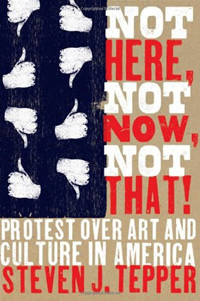 Tepper: You are right. We live in the Wild West of symbols. With new technologies, there is a proliferation of art, media, and expression. Everyone can have their own symbol, their own media outlet, their own favorite television channel. The problem is that shared institutions still produce and distribute culture––our libraries, our government, our schools, and local theaters. In many respects, we are fighting less over the symbol and more over control of these institutions.
Tepper: You are right. We live in the Wild West of symbols. With new technologies, there is a proliferation of art, media, and expression. Everyone can have their own symbol, their own media outlet, their own favorite television channel. The problem is that shared institutions still produce and distribute culture––our libraries, our government, our schools, and local theaters. In many respects, we are fighting less over the symbol and more over control of these institutions.
When a shared institution presents a symbol or a piece of art, it automatically validates or legitimates that expression. The institution is saying, in effect, we think this type of book, music, or film is important enough to make available. If that form of cultural expression is offensive to you or represents an idea or value that is antithetical to your core beliefs, then you will feel estranged from your community. In essence, the institutions that are supposed to represent you are seen instead as hostile and unfamiliar places. This raises questions of belonging and attachment. So, in fact, people are fighting over much more than a symbol; they are fighting over their place in their communities.
Chapter 16: You note that battles over art are not usually “fights to the finish”––that the point of battling over culture isn’t necessarily winning or losing but, rather, the benefit of expressing an opinion and experiencing solidarity with like-minded others. Is there a risk in being satisfied with ephemeral benefits like feelings of solidarity and the lack of alienation when a group’s very lifestyle and identity are under attack?
Tepper: I do believe that for many protesters it is just as important to find an outlet to express their ideas as it is to win their case (e.g. get a book or film removed). But, this does not diminish the fact that protesters do want to see changes in their communities. We can’t just let people “blow off steam” and never take their concerns seriously. Thus, it is important to engage in what communitarian Amitai Etzioni calls “authentic responsiveness.” Librarians, curators, arts presenters, etc., must listen to their critics and occasionally adjust their behavior or policies accordingly after vigorous debate. If our arts professionals cannot convince the public that their choices are appropriate and beneficial to the community, then they may have to make different choices, find new venues, or agree to restrictions.
Chapter 16: In the book’s epilogue, you write, “An artist whose work challenges social conventions must be willing to debate and defend the work publicly….” But many artists aren’t able to express in words the motivations behind their work. Some artists have difficulty dealing with the public at all. How would you respond to an artist’s claim that art should be allowed to speak for itself?
Tepper: I disagree with this modernist claim. Art is valuable because it is a communicative act, not just an expressive act. In other words, for me, art is fundamentally about exchanging ideas. I don’t think as an artist you can back away from the public sphere. Pick a different profession if you don’t care to defend or talk about your work. Or work on your own time and money and present in private facilities. But, if you want to be represented in public places, supported by public funds or institutions, then you must be willing to engage and debate.
Chapter 16: The body of your book concludes with a fairly provocative statement: “Freedom of expression is indeed at stake in controversies over art, but perhaps the freedom that matters most is not the freedom of artists but rather that of citizens who protest and defend artworks as a way to shape together the cultural life of their communities.” Have you had any blowback about this statement from your colleagues in the Vanderbilt Fine Arts Department or the Blair School of Music?
Tepper: I don’t think they have read the book yet! But I have presented this [argument] at the National Endowment for the Arts and at a number of national arts conferences. Surprisingly, I have received less pushback than expected. I think artists and arts leaders recognize my larger argument that in order for culture to be relevant we must not silence our critics. Many in the arts world are struggling to feel relevant to their communities. My argument suggests that fights over art and culture demonstrate how valuable the arts can be to community life. Arts leaders should welcome this.
They also recognize, correctly, that we live in a different world. It is almost impossible in the U.S. to effectively silence an artist. The recent controversy at the Smithsonian is a good example. A video of a crucifix covered in ants was removed from the National Portrait Gallery, in spite of the outcry from the arts community. A local gallery presented the banned video immediately, followed by exhibitions of the work in museums and galleries across the country [and] by tens of thousands of hits on YouTube. More people discussed and viewed the art than if there had never been a controversy. We can die on the sword of free speech, or we can recognize the multiple ways in which art can be presented, debated, altered, and celebrated.

